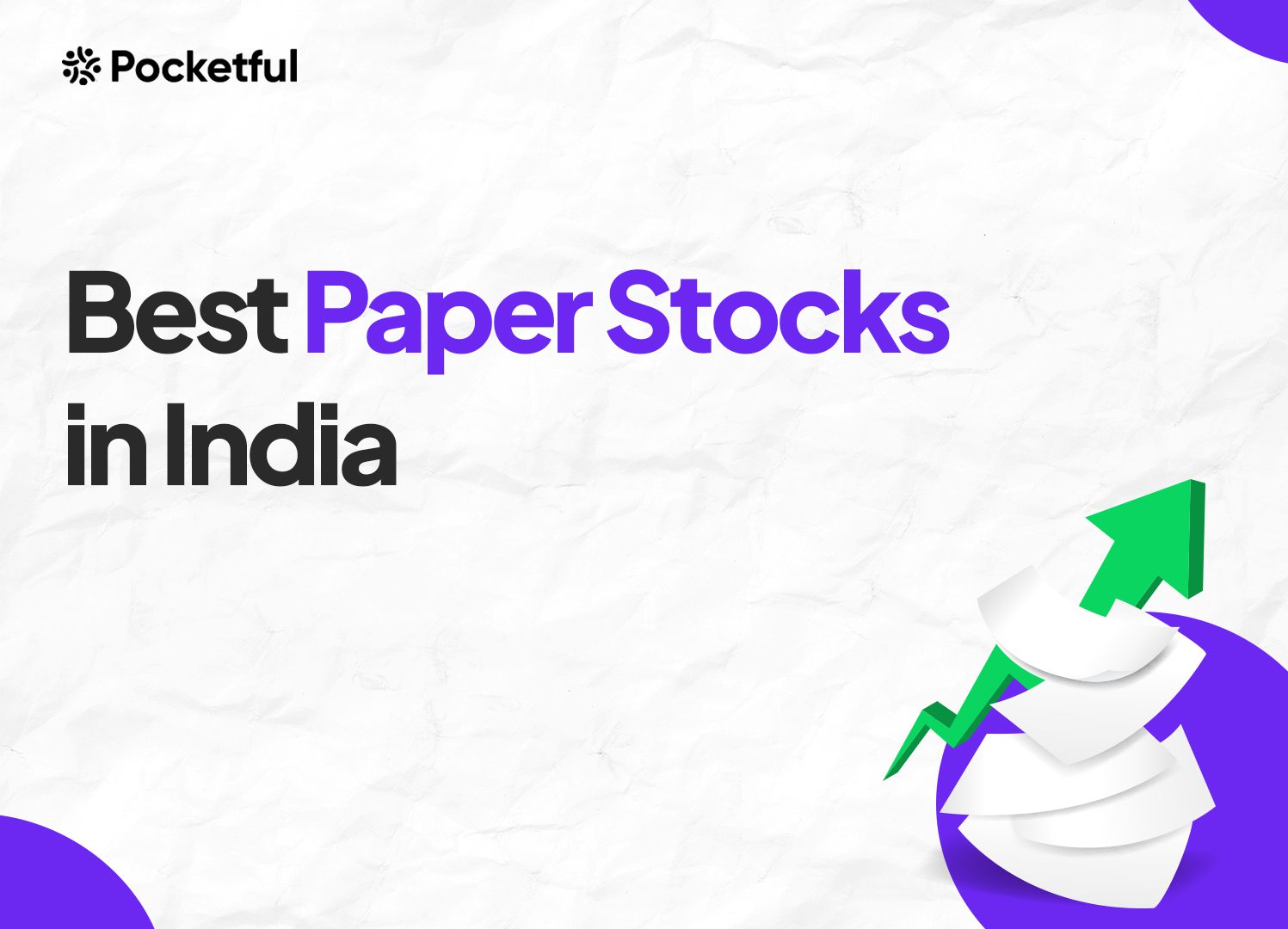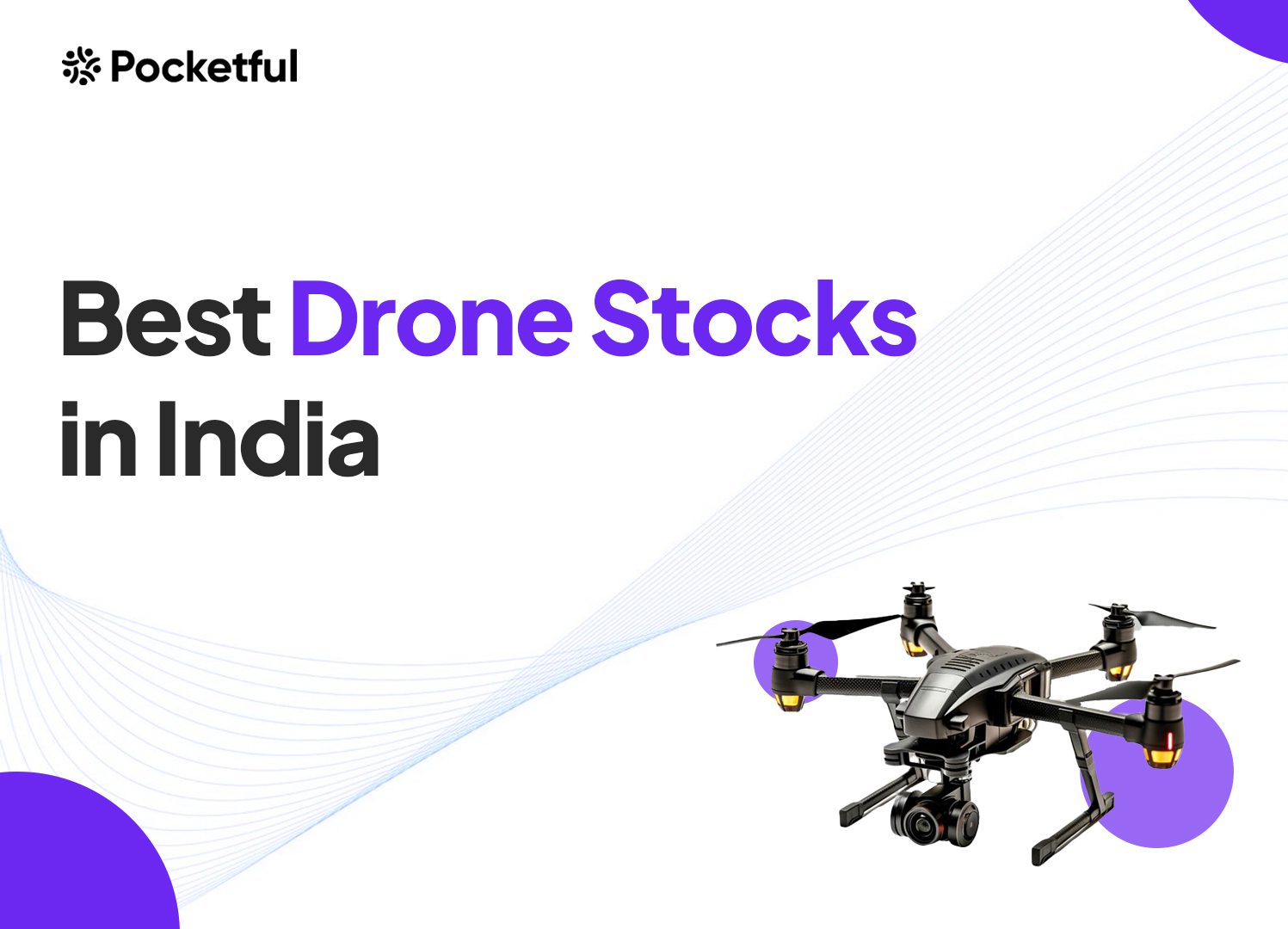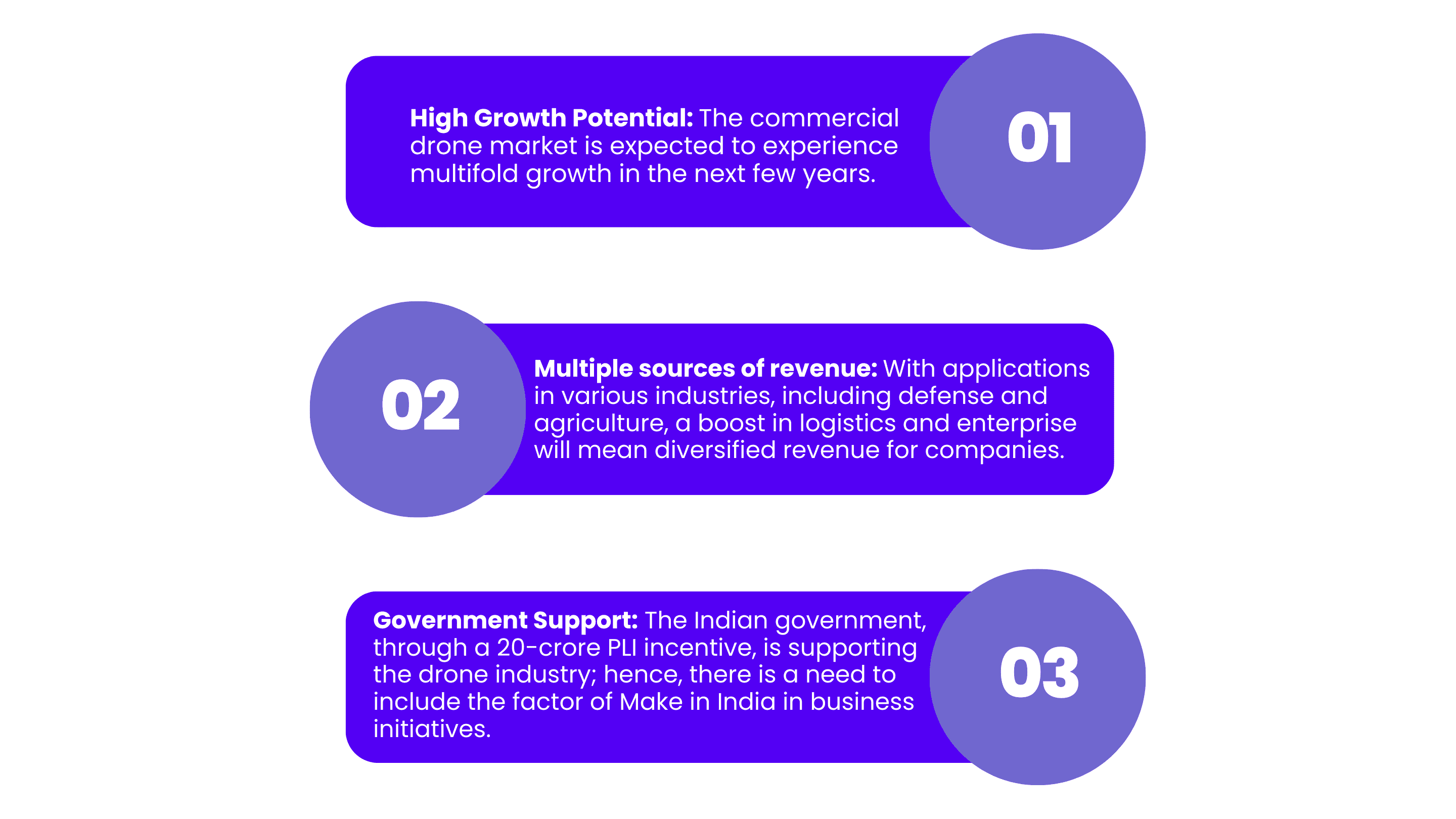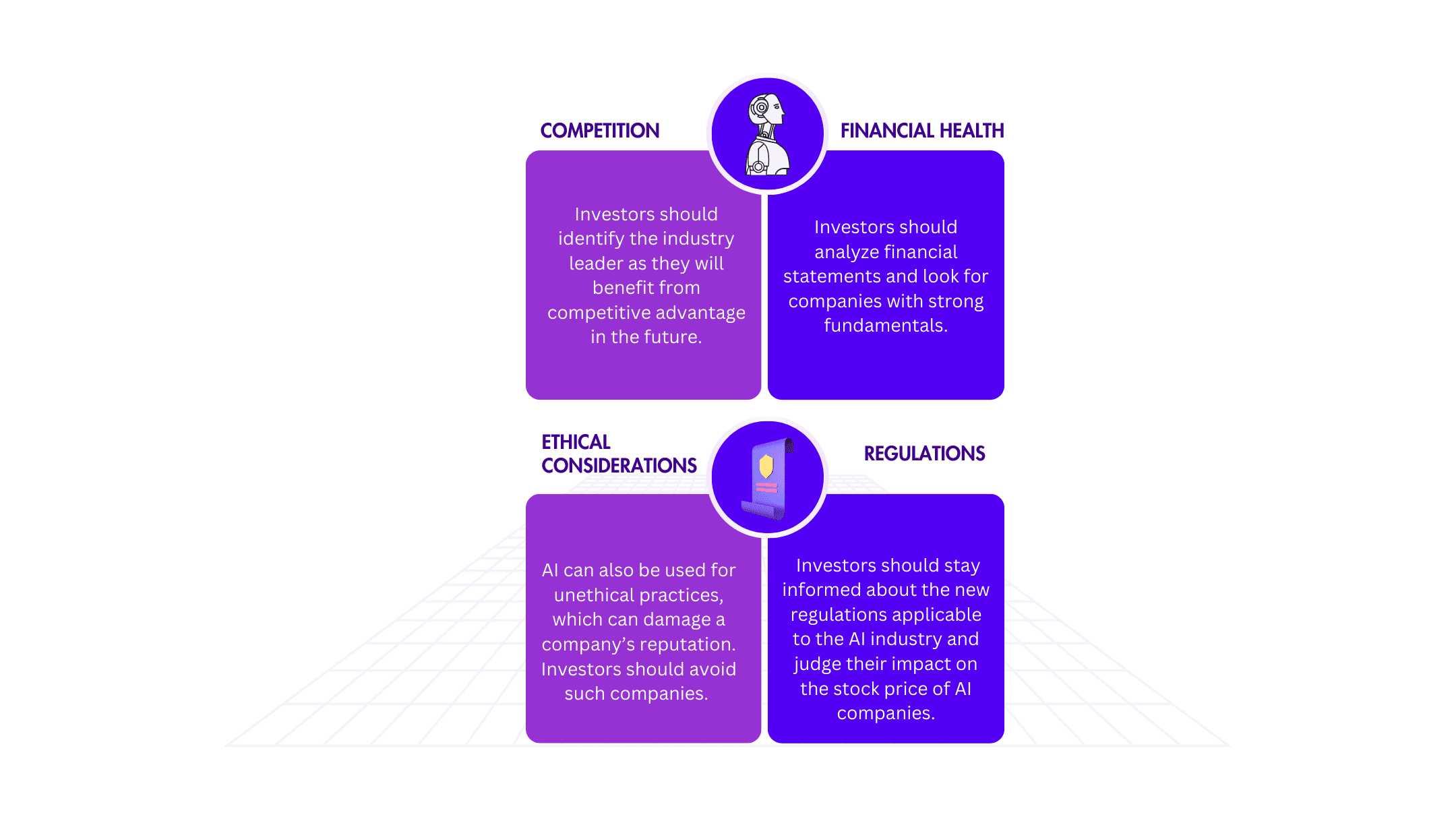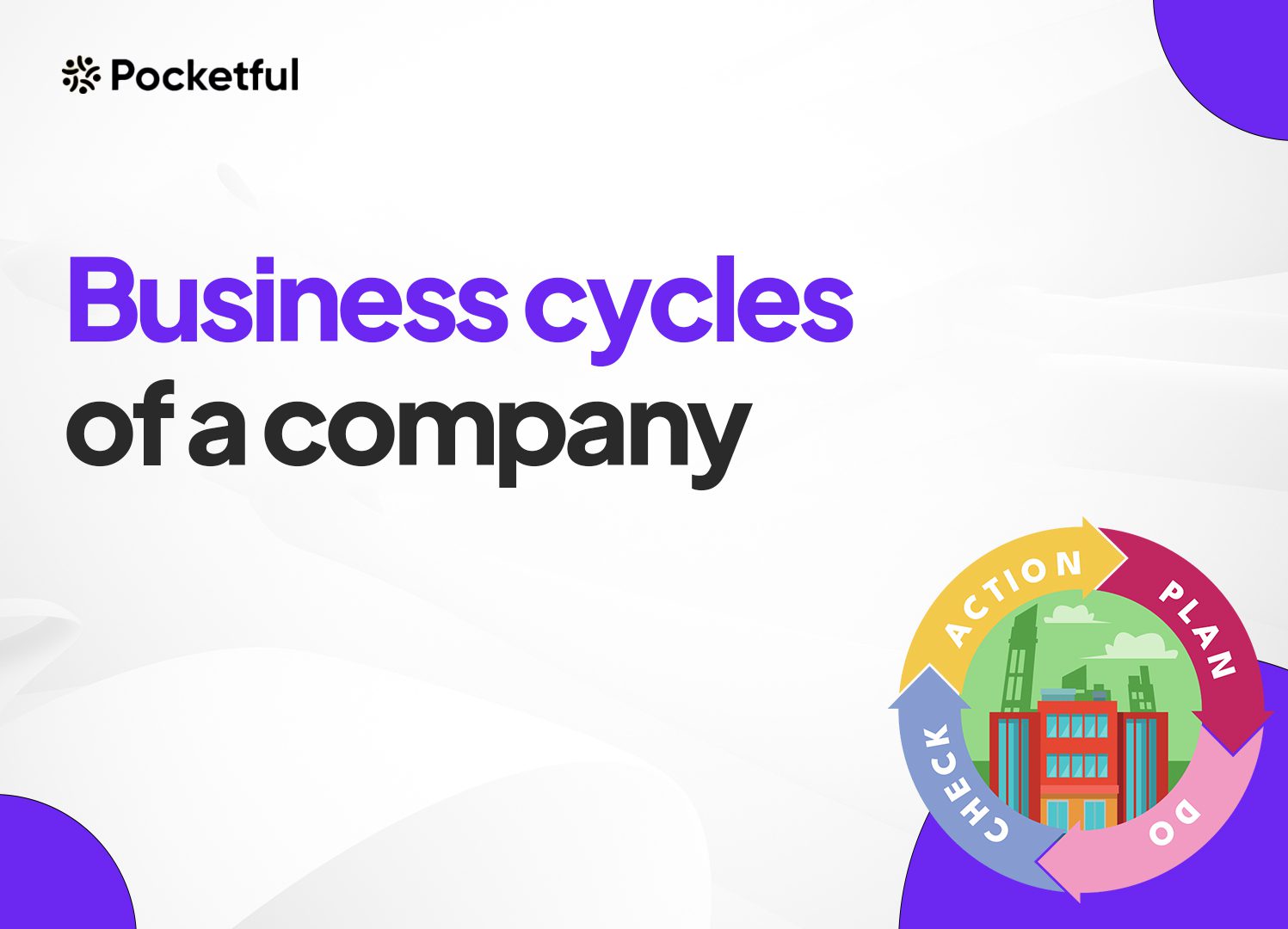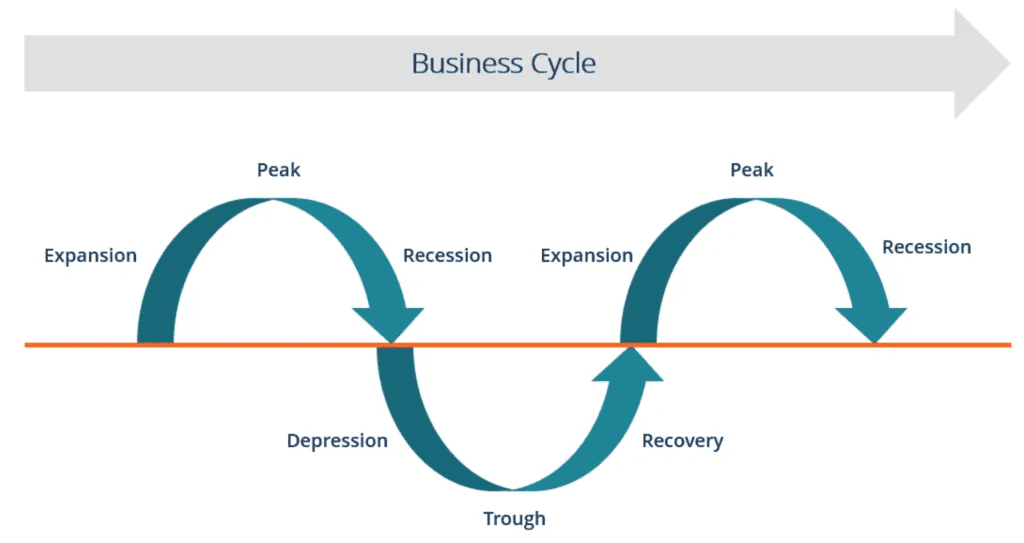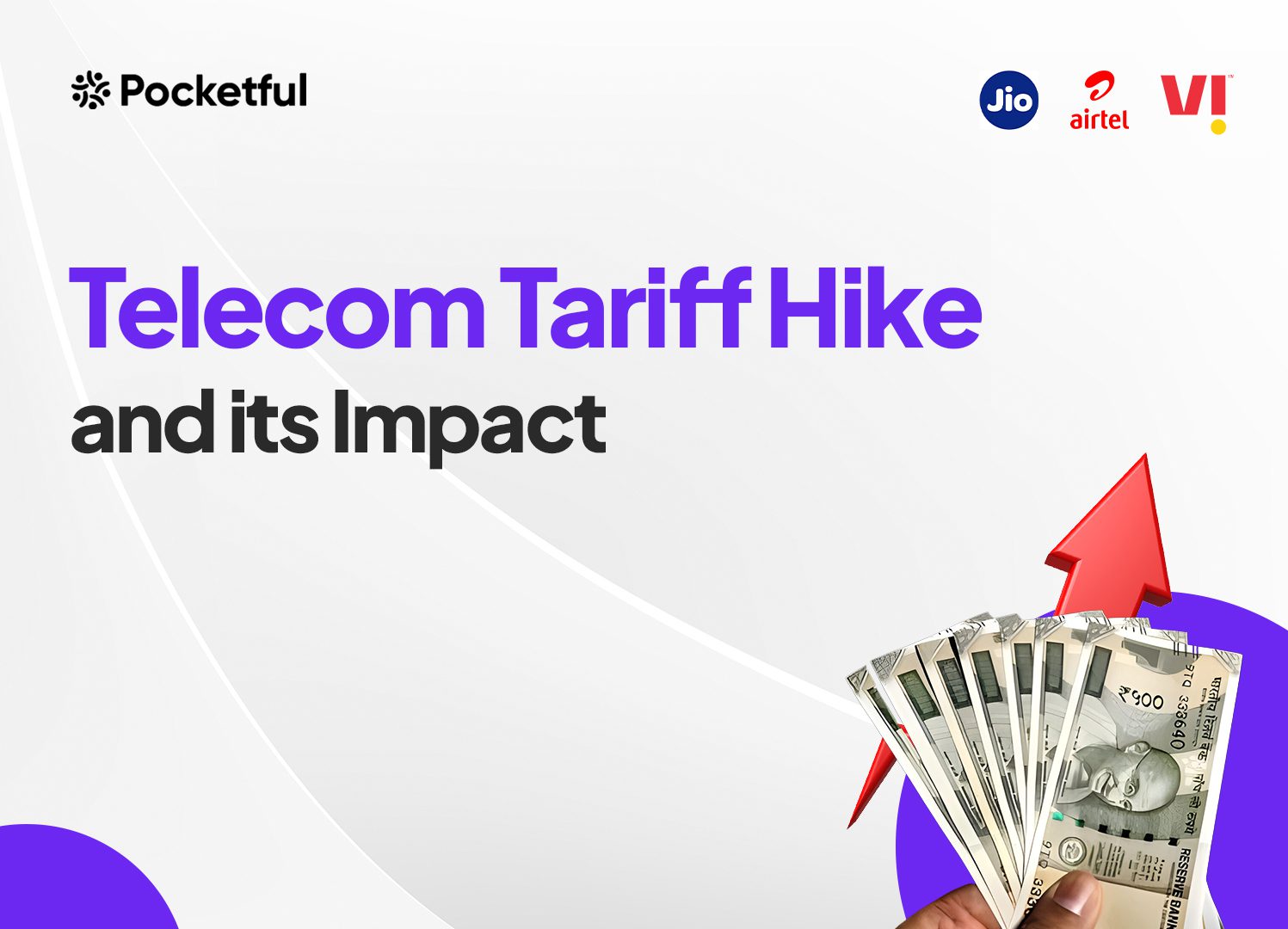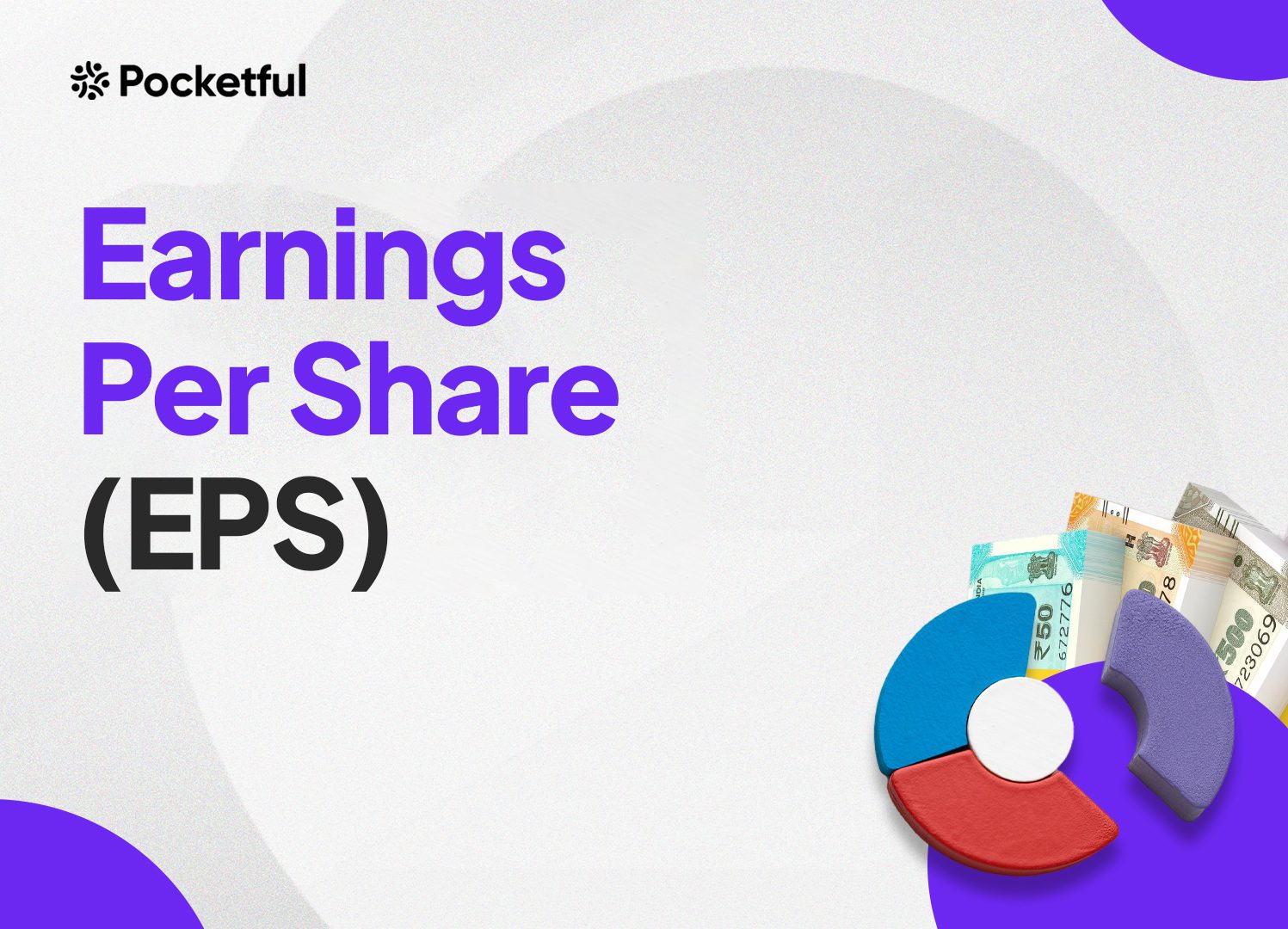Batteries have become indispensable for powering our daily lives and providing energy for a wide range of devices and applications. Whether it is our mobile, laptops, or renewable energy systems, batteries play an important role in keeping our world connected. India’s growing economy and focus on clean energy are driving the growth of the battery industry.
In today’s blog, we will explore the best battery companies in India, the products they offer and the future of the industry.
Overview of the Battery Industry in India
The Indian battery market is currently valued at approximately USD 7.2 billion, and it is poised to soar to USD 15.65 billion by 2029, with a remarkable CAGR of 16.80%. The government is focused on developing a domestic manufacturing ecosystem with programs like the Production-Linked Incentive (PLI) scheme.

Additionally, the National Program on Advanced Chemistry Cell (ACC) Battery Storage aims to incentivize the establishment of advanced battery production facilities, with a budget of INR 18,100 crore.
Top Battery Stocks Based on the Market Capitalisation
The top battery stocks in 2025 are:
| S.No. | Battery Stocks |
|---|---|
| 1 | Exide Industries Ltd. |
| 2 | Amara Raja Energy & Mobility Ltd. |
| 3 | HBL Power Systems Ltd. |
| 4 | Eveready Industries India Ltd. |
| 5 | Indo National Ltd. |
The battery stocks have been listed in descending order based on their market capitalization in the table below:
| Company | Market Capitalization (In INR Crores) | Current Market Price (In INR) | 52 Week High | 52 Week Low |
|---|---|---|---|---|
| Exide Industries Ltd. | 35,241 | 415 | 535 | 328 |
| Amara Raja Energy & Mobility Ltd. | 18,577 | 1,015 | 1,444 | 805 |
| HBL Power Systems Ltd. | 23,233 | 838 | 915 | 404 |
| Eveready Industries India Ltd. | 3,070 | 422 | 490 | 272 |
| Indo National Ltd. | 353 | 471 | 618 | 388 |
6 Months & 1 Year Return Of Top Battery Stocks
| Company | 6-Month Return | 1-Year Return |
|---|---|---|
| Exide Industries Ltd. | 74.07% | 115.86% |
| Amara Raja Energy & Mobility Ltd. | 93.2% | 150.22% |
| HBL Power Systems Ltd. | 32.93% | 288.03% |
| Eveready Industries Ltd. | 18.84% | 21.41% |
| Indo National Ltd. | -13.30% | 24.26% |
Read Also: Best Electric Vehicle Stocks in India
Best Battery Stocks in India 2025 Based on Market Capitalization – An Overview
The best battery stocks in India are given below, along with a brief overview:
1. Exide Industries Ltd.
Exide Industries is a household name in India that has been synonymous with dependable batteries for many years. The company’s primary focus is on manufacturing storage batteries and allied products in India.
Exide Industries Ltd. has a long history that started in the 1880s when W.W. Gibbs, an executive at a gas company, started the Electric Storage Battery Company, which later became Exide Technologies. He bought the patents for Clement Payen, an innovative French inventor who made significant advancements in electrical storage. This was the starting point for Gibbs as he began turning those ideas into reliable commercial products.
Exide Industries’ core business lies in the manufacturing and selling storage batteries. Lead-acid batteries are dominant in their product portfolio, catering to 2 major segments,
- Automotive Division (batteries for 2-wheelers, 4-wheelers, 3-wheelers, e-rickshaws, inverter and UPS for homes and businesses)
- Industrial Division (Telecom, Railways, Mines, Specialized batteries for submarines)
2. Amara Raja Energy & Mobility Ltd.
Amar Raja Energy and Mobility Limited, formerly known as Amara Raja Batteries, is a major player in India’s battery industry. It was founded in 1985 by Ramachandra N Galla, a first-generation entrepreneur who wanted to empower people through technology. The first manufacturing facility and office were established in the remote area of Andhra Pradesh.
The company began with car batteries and expanded to industrial batteries, lithium-ion technologies, and related products.
The product portfolio of the company is as follows,
- Automotive batteries for passenger vehicles, commercial vehicles, farm vehicles, etc.
- Industrial batteries for UPS, telecom, railways, solar applications etc.
Amara Raja has established a strong presence in the overseas market owing to our excellent quality and performance.
3. HBL Power Systems Ltd.
HBL Power Systems Ltd is a prominent company in the Indian battery industry and is known for its diverse range of battery products and power electronics solutions. The company was founded in 1977 with a focus on lead-acid batteries.
HBL Power’s battery division is the main source of revenue, contributing 70-75% of the company’s total sales and fueling its growth. The batteries are used in several industries such as telecom, railways, aviation, oil and gas, and defense. The company’s battery product line includes lead-acid batteries, nickel-cadmium batteries, lithium batteries, etc.
The company holds a global presence in North America and Australia. Furthermore, GULF BATTERIES COMPANY LLC is a joint venture collaboration of HBL. It was formed in 2009 in the Eastern province of the Kingdom of Saudi Arabia to manufacture specialized batteries.
4. Eveready Industries Ltd.
National Carbon (India) Limited started importing Eveready batteries in 1905. Eveready Industries India Ltd. (EIIL) was incorporated in 1934, and it established its state-of-the-art battery manufacturing plant in Kolkata in 1940. In 1941, Union Batteries was merged with Eveready and the name was changed to National Carbon Company (India) Limited. In 1958, EIIL established a torch factory in Lucknow, which is now one of the biggest in Southeast Asia. In 1958, the company started selling flashlights to its customers, which was a huge success. In 1995, the name of the company was changed to Eveready Industries India Ltd. and came with the famous slogan “Give me Red”.
The company focuses on offering high-quality products that are reliable and long-lasting. The product portfolio of Eveready is as follows,
- Batteries – Zinc carbon batteries for toys, remote controls, flashlights, and alkaline batteries for electronic gadgets.
- Lighting – Consumer and professional lighting solutions
- Electrical accessories – Extension reels, surge protectors, multi plugs, etc.
Also, they are a market leader in flashlights. The company has a well-established distribution network, fulfilling the needs of a broad customer base.
5. Indo National Limited
Indo National Limited (INL), the company that makes Nippo Batteries, has been a big part of the Indian battery industry for more than 50 years. It was founded in 1972 by P. Obul Reddy with a vision to provide reliable and affordable batteries to the Indian market. Indo National collaborated with Matsushita Electric Industrial Co. Ltd. (now Panasonic) of Japan to produce Nippo batteries. This partnership brought new technology and knowledge to the Indian market.
Indo National is India’s first dry cell battery company to achieve ISO 9001 and ISO 14001 international standards, demonstrating a firm dedication and environmental responsibility.
The company’s core business involves offering dry cell batteries catering to household and commercial applications and to complement their core business, Indo National has expanded into flashlights, LED lighting products, etc.
Key Performance Indicators of Battery Stocks
| Company | ROE (%) | ROCE (%) | Debt-to-equity | P/E | P/B |
|---|---|---|---|---|---|
| Exide Industries Ltd. | 6.80 | 9.82 | 0.05 | 52.21 | 3.57 |
| Amara Raja Energy & Mobility Ltd. | 13.74 | 17.71 | 0.01 | 31.9 | 4.24 |
| HBL Power Systems Ltd. | 23.01 | 31.80 | 0.05 | 64.02 | 14.73 |
| Eveready Industries India Ltd. | 17.26 | 20.22 | 0.74 | 44.5 | 7.68 |
| Indo National Ltd. | 4.07 | 9.08 | 0.59 | 44.79 | 1.83 |
Benefits of Investing in Battery Stocks
The benefits of investing in battery stocks are:
- High demand: The demand for batteries is set to rise in future due to increased usage of electric vehicles and consumer electronics
- Multiple sources of revenue: Batteries are used in various industries such as automotive, industrial, solar, defense, etc.
- Government support: The Government of India aims to make India a battery manufacturing hub through Production-Linked Incentive (PLI) schemes. Additionally, a budget of INR 18,100 crore has been allocated to develop advanced battery facilities in India.
Factors to Consider Before Investing in Battery Stocks

Some key factors to consider before you invest in battery stocks are as follows,
- Analyze the company’s market share, position within the sector, and target customer segments.
- Assess the company’s financial health by examining revenue growth, profitability, debt levels and cash flows. Consider investing in companies with a strong track record and sustainable growth plans.
- The battery industry is getting more competitive. Find companies with a strong brand, unique product offerings, and a clear advantage.
Future of Battery Stocks
A 2023 report by McKinsey & Co. states that the global battery demand is expected to jump from 700 GWh in 2022 to a whopping 4.7 TWh by 2030. India is working to become a leader in the battery industry. As part of this, India is focusing on improving battery production to meet the growing needs of the sector. Also, the industry is still at its initial stage, and a strong push from the government is necessary for domestic battery production.
Read Also: Best PSU Stocks in India
Conclusion
The Indian battery sector is on the brink of remarkable growth, fuelled by the EV revolution, government initiatives, and the increasing demand for consumer electronics. As the Indian government continues to promote renewable energy and incentives for electric vehicles, the demand for batteries is expected to surge in the coming years. Additionally, the growing adoption of smartphones, laptops, and other consumer electronics further contributes to the positive outlook for the battery industry in India. However, it is advised to consult a financial advisor before making any investment decision.
| S.NO. | Check Out These Interesting Posts You Might Enjoy! |
|---|---|
| 1 | List of Best Tata Group Small Cap Stocks |
| 2 | List of Aviation Stocks in India |
| 3 | Best Midcap IT Stocks List |
| 4 | List of Best Monopoly Stocks in India |
| 5 | Top 10 Most Expensive Stocks in India |
Frequently Asked Questions (FAQs)
What is driving the growth of the Indian battery industry?
The EV revolution, government initiatives, and rising consumer demand for electronic devices are the key factors driving the growth of the battery industry.
What are the different types of batteries manufactured in India?
Lead-acid and lithium-ion batteries are the main types of batteries being manufactured in India.
What are the risks of investing in battery stocks?
Risks include market competition, technological changes, regulatory impacts, raw material price fluctuations, supply chain disruptions, etc.
How can I invest in top battery stocks?
Identify the top battery stocks through research and understand the risks involved. Also, battery stocks can be volatile; invest according to your risk tolerance and investment horizon.
Is it a good time to invest in battery stocks?
The industry holds a high growth potential. However, it is essential to carefully analyze the individual companies and risk tolerance before investing.

